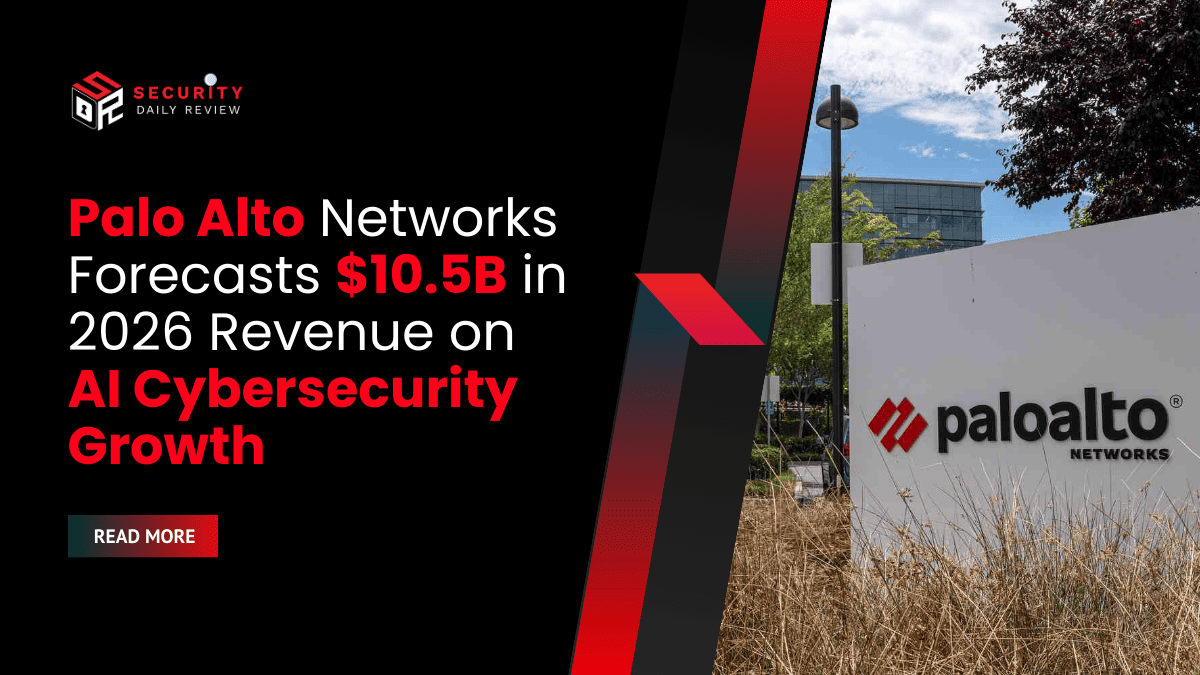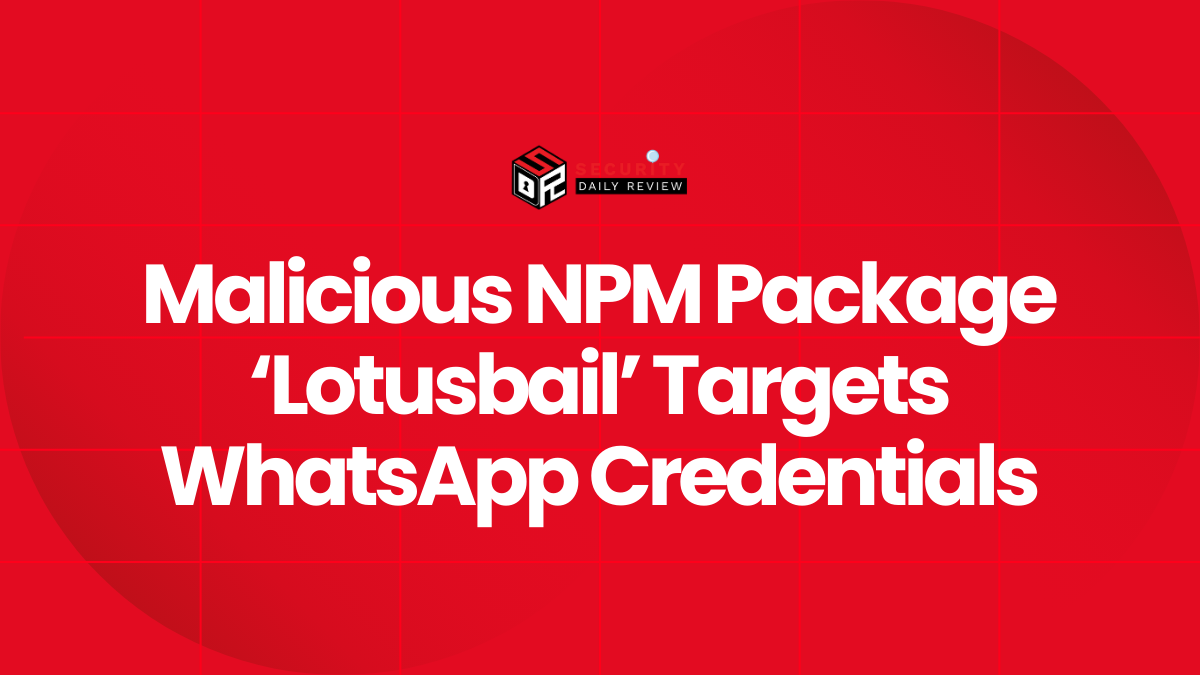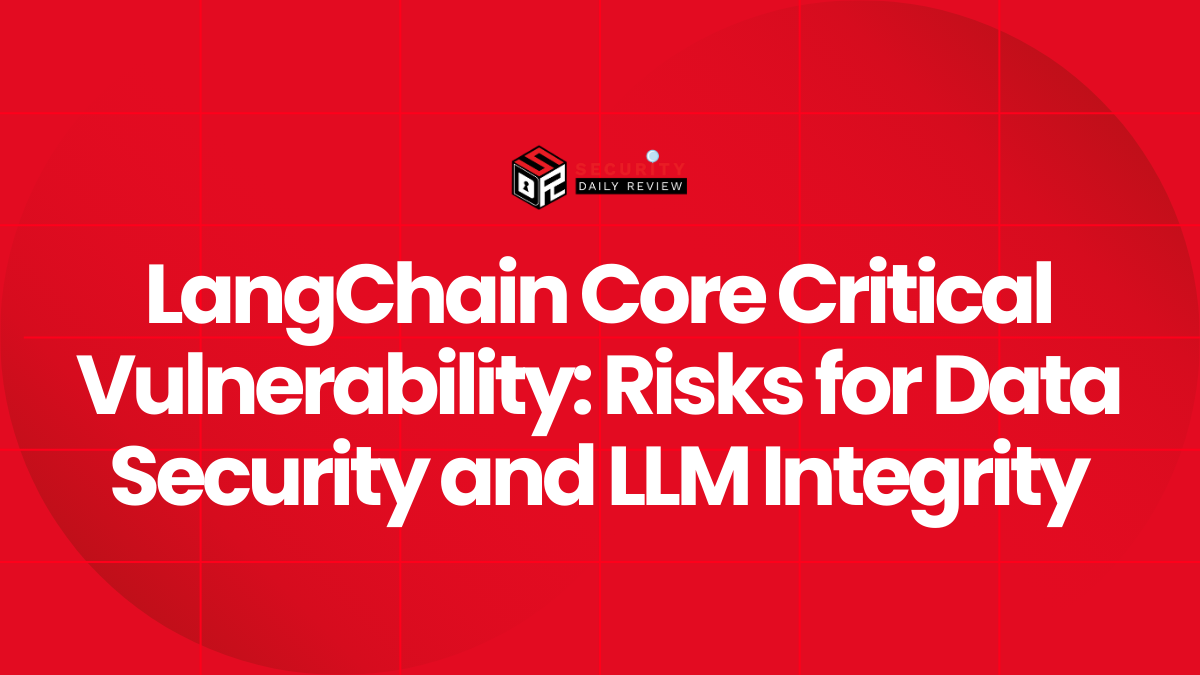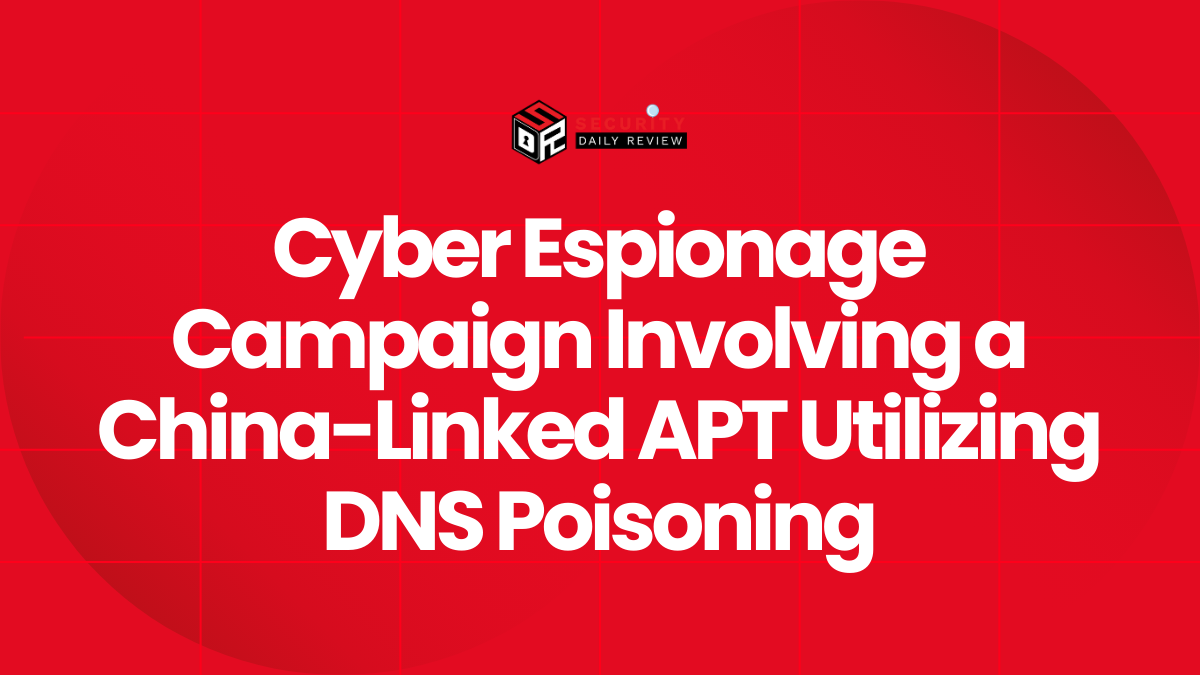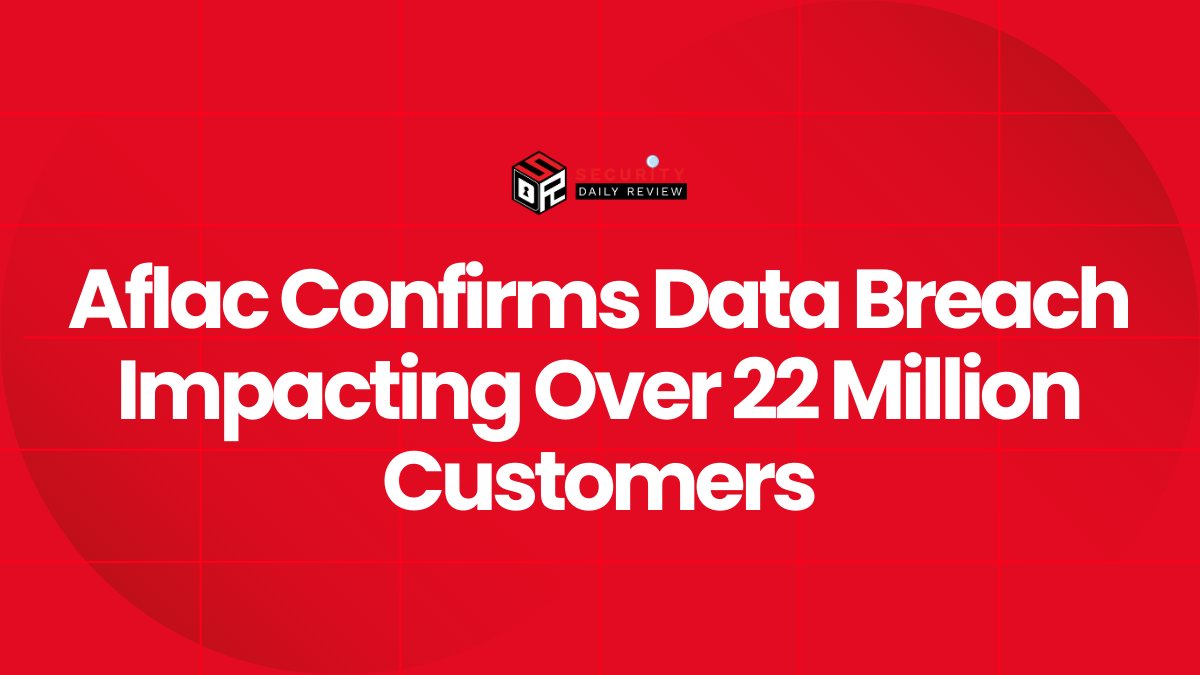The cybersecurity landscape is entering a new phase, shaped by relentless innovation and equally relentless threats. Palo Alto Networks, a dominant force in this evolving market, recently unveiled a bullish outlook for fiscal 2026. Its projections for revenue—between $10.48 billion and $10.53 billion—exceed Wall Street’s expectations and underscore growing enterprise demand for artificial intelligence (AI) in cyber defense.
This momentum is partly driven by accelerating cloud adoption and a sharp rise in sophisticated cyberattacks targeting digital identities, applications, and infrastructure. With high-profile incidents affecting tech giants like Microsoft and Oracle in recent months, cybersecurity vendors are pressed to deliver more agile, intelligent, and scalable solutions. Palo Alto Networks appears to be betting that its AI cybersecurity tools will meet this critical demand.
AI Integration is Now Central to Palo Alto’s Growth Strategy
Palo Alto’s embrace of AI is not a recent pivot. Over the past year, the company has both evolved its in-house platforms and acquired external capabilities to expand into adjacent markets, particularly identity security and AI application defense.
AI-Powered Platforms Show Financial Traction
According to Palo Alto Networks’ fourth-quarter earnings report, the company achieved a 16% year-over-year revenue increase, reaching $2.5 billion. For the full fiscal year 2025, it recorded $9.2 billion in revenue, a 15% annual growth. Crucially, next-generation security annual recurring revenue (ARR)—a metric encompassing AI-driven tools like Cortex and Prisma—grew 32% to $5.6 billion. This segment is projected to continue its upward trajectory with expectations of 26% to 27% growth in fiscal 2026.
The remaining performance obligation (RPO), a leading indicator of future revenue, grew 24% year-over-year to $15.8 billion, suggesting long-term confidence among enterprise buyers. Non-GAAP net income climbed to $673 million for Q4, with an earnings per share (EPS) of 95 cents, both surpassing analysts’ expectations. These results were met with a 5% stock bump in after-hours trading.
Okta and Palo Alto Join Forces to Tackle AI Threats
AI-generated threats are escalating in volume and sophistication, demanding cross-domain responses. Recognizing this, Palo Alto Networks has deepened its partnership with identity firm Okta to better harness AI in cyber defense. Two technical integrations stand out:
- Okta Workforce Identity now links with Palo Alto’s Prisma Access Browser to enforce conditional access for single sign-on (SSO) apps via a secure browser session.
- Okta AI’s Identity Threat Protection integrates with Palo Alto Cortex platforms—XSIAM (Extended Security Intelligence & Automation Management) and XDR (Extended Detection and Response)—delivering enriched identity telemetry and automating defensive actions like session termination and device quarantining.
These integrations support zero-trust architectures by enabling secure application access regardless of whether a device is under management. For their nearly 2,000 joint customers, this offers improved security postures, simplified operations, and a more intuitive user experience.
Strategic Acquisitions Aim to Strengthen AI and Identity Offerings
Underscoring its platform ambitions, Palo Alto Networks has committed to a $25 billion acquisition of CyberArk, a global leader in identity security. The Israeli company brings deep expertise in privileged access management (PAM), secure SSO, and multi-factor authentication—all essential for modern identity governance.
CyberArk Acquisition Builds on AI-Centric Security Framework
The acquisition underscores two strategic imperatives: enhancing identity security in an AI-era threat landscape and positioning the company to offer fully integrated, end-to-end enterprise cybersecurity. As enterprises adopt AI and enable more automated processes, machine and human identities have become alluring targets for adversaries. Analysts believe the CyberArk deal complements Palo Alto’s existing tools—particularly its Strata (network security) and Cortex (AI-driven analytics) platforms—by closing the identity gap that persists in many organizations’ defenses.
The transaction is Palo Alto’s largest since CEO Nikesh Arora took leadership in 2018 and follows closely on its purchase of Protect AI, a company focused on secure lifecycle management of AI models and applications. Other recent acquisitions—such as Dig Security, Zycada Networks, and Talon Cyber Security—mark a broader effort to become a comprehensive platform provider in a fragmented marketplace.
Despite a temporary 8% dip in share price after announcing the CyberArk deal, the strategic direction appears aligned with broader industry trends. CyberArk shareholders welcomed the buyout with a 26% premium offer, and its stock has appreciated by 30% year-to-date—further amplifying its value as an acquisition target.
Leadership Transition Reflects Focus on Platform Security
Notably, the company also announced a key leadership change. Nir Zuk, Palo Alto’s founder and long-time Chief Technology Officer (CTO), is retiring. He will be succeeded by Lee Klarich, a company veteran, who will also chair the board’s security committee. This leadership stabilization comes at a pivotal time as the company seeks to integrate massive acquisitions and scale its AI capabilities globally.
The Outlook: Identity, AI, and Consolidation Shape the Next Era
Palo Alto Networks’ fiscal forecast, strategic acquisitions, and technical roadmap all converge on a single thesis: the future of cybersecurity lies in intelligent automation, adaptive identity controls, and unified platforms. These AI cybersecurity tools aim not just to detect and respond to threats, but to preempt them by analyzing behavioral patterns across identity, application, and network layers.
The coming year will test the scalability and cohesion of these integrations. Enterprises, facing intensified regulatory pressures and AI-fueled attack vectors, will likely continue migrating toward vendors that offer integrated, AI-first cyber defense systems. With its enhanced stack—from Prisma AIRS for application protection to Cortex XSIAM for threat analytics—Palo Alto Networks is betting it can be that platform of choice.
While risks remain—particularly around acquisition integration and market competition—the company’s current performance and strategic posture set a compelling benchmark for others in the AI-infused cybersecurity space.

